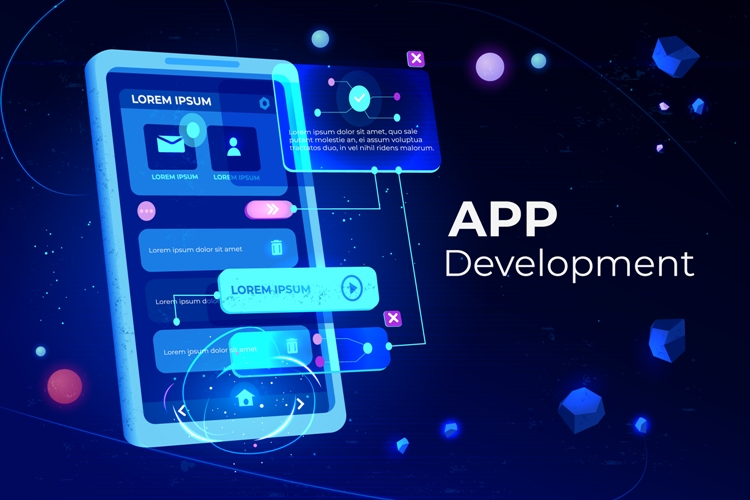Let’s be real—if your app handles sensitive info, security isn’t just some box to check. It’s the whole deal. Looking for an app developer in Mumbai? You want someone obsessed with keeping your users’ data locked down, not just cranking out a flashy interface and calling it a day. The best mobile app folks in Mumbai? They’ll make your app solid, trustworthy, and actually legal (because, yeah, privacy laws are a thing).
Strong User Authentication
First up: don’t let just anyone waltz in. The smart shops in Mumbai use multi-factor authentication, strong password rules, and biometrics (think Face ID, not your grandma’s PIN). Makes life tough for hackers, which is exactly what you want.
Data Encryption & Secure Storage
If your data’s not encrypted, you’re basically leaving the vault open. Good agencies in Mumbai go for serious encryption—AES-256, SSL/TLS, all the good stuff. Doesn’t matter if it’s financial info or just someone’s birthday, if it’s private, it stays private.
Regular Security Audits and Testing
Security isn’t “set it and forget it.” The pros keep poking at their own apps, looking for weak spots before the bad guys do. Pen testing, security audits, that kind of thing. Paranoid? Maybe, but it’s the smart move.
Compliance with Privacy Regulations
Look, nobody wants the legal headache of breaking privacy laws. The top dev teams in Mumbai know the rules—India’s IT Act, GDPR if you’re going global, all that. Keeps you out of hot water and your brand out of the headlines for the wrong reasons.
Data Minimization
Don’t grab what you don’t need. Seriously, just collect the essentials. Less data means less risk, and your users will thank you for not being creepy.
Secure API and Third-Party Integrations
Most apps plug into other services, right? That’s where things get dicey. You need developers who don’t just slap in any old API—they double-check everything, code it tight, and make sure outsiders can’t sneak in through the back door.
Ongoing Maintenance and Updates
Think you’re done when you launch? Nope. Hackers don’t take naps. The best agencies keep your app patched and updated, so you’re not left scrambling when the next security threat pops up.
Educating Users on Security Practices
Honestly, users can mess up even the best defenses. Good developers bake in reminders—strong passwords, avoid sketchy Wi-Fi, keep your app updated. It’s basic, but it works.
Bottom Line
If you’re building a data-sensitive app, go with a developer in Mumbai who gets it. Security isn’t optional; it’s survival. From serious encryption to regular updates, real pros have your back—so you can focus on growing your app instead of cleaning up a mess. Stay safe out there.




